Can We Live From a Place of Love?
Five romances to get us through the next four years. Or at least the winter.
Hi Beyonders!
Joanna’s column this week is all about love! Something it seems we all need a lot of right now, yes? I know I’m doing my best to soak it up and to spread it around. I hope you have oceans of it flowing into your life!
If you’re looking for more, remember The Project Love Chat is happening!! Lots of good love (and fun!) over there. Join us!
I’m deeply grateful to have Joanna sharing her beautiful insight and wisdom. And I’m deeply grateful for all of you. ❤️
Enjoy!
xJane
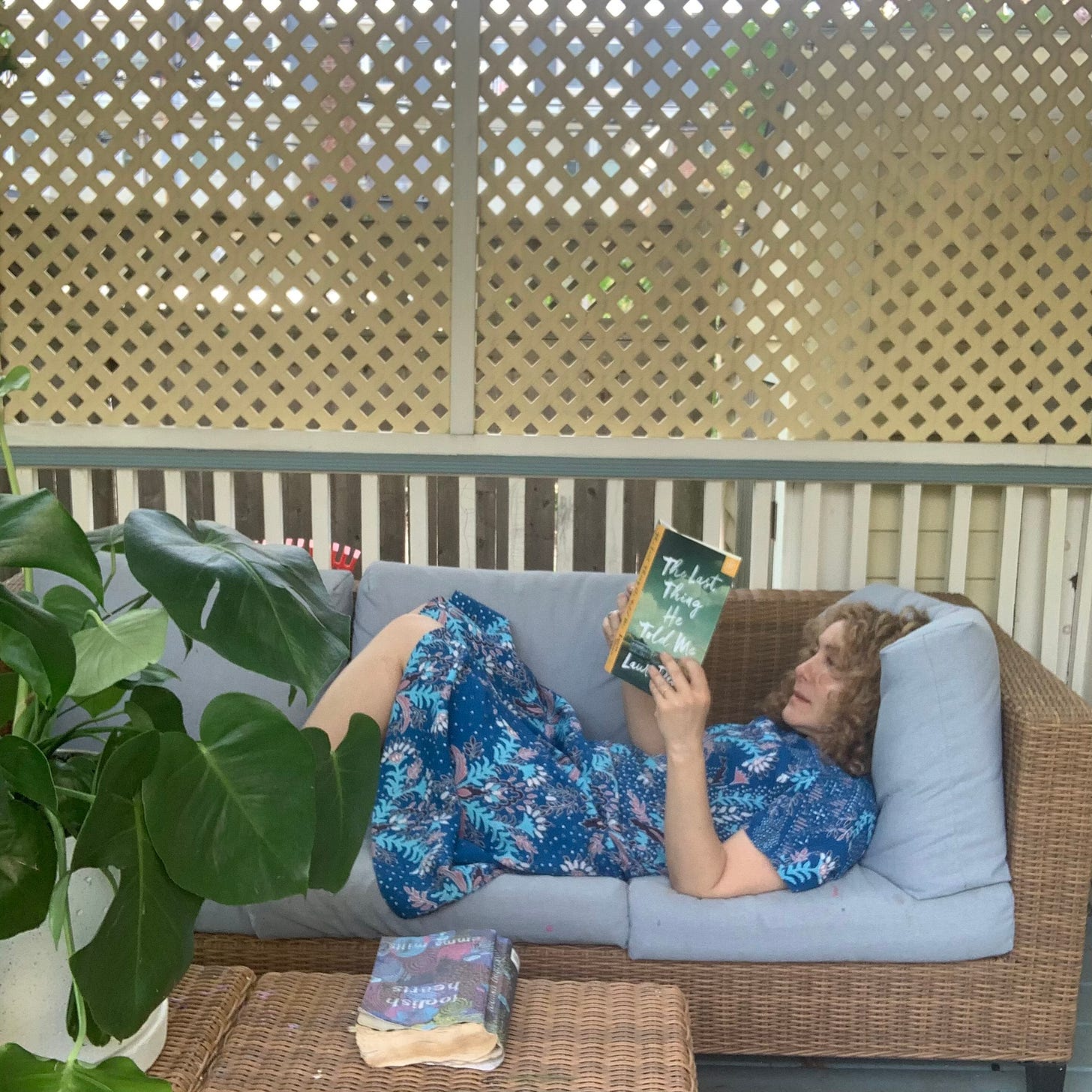
Friends, how are you doing? That’s a real question. Because, honestly, I’m not doing so well right now. And I suspect I’m not alone. I know I’m not alone.
I am a cheerful person. An optimist with Resting Smile Face. But I’m really struggling. Everyone I know seems to be breaking down in different ways. In my little family, we’ve been hit with wave after wave of viruses, one overlapping into the next, some turning into infections that don’t clear before the next virus hits. Four viruses in five weeks, the last of which kept my youngest home from school for a full fortnight, scarily coughing, her fever soaring past 105. Here again, I know we’re not alone. Friends from all over have reported similar walls of illness,
It all makes me wonder: Is our collective terror breaking down our immune systems? As we attempt to soldier on–endlessly washing dishes and scheduling eye exams and packing lunches–and generally attempt to live normal, functional lives, are our bodies bearing the brunt of our justified anxiety and confusion, our helplessness in what may truly be the beginning of a fascist state? Particularly for the many, many of us who bear the trauma–firsthand or inherited–of previous violent, genocidal dictatorships? What do we do with the unignorable parallels between the early days of Hitler’s regime and those of the current administration? How will we survive these next four years? That’s also a real question, by the way.
I had a whole column planned out for this month. Centered on what to read when the world is ending. The answer, for me: History. In January, for the first time since Obama took office, I turned, ceaselessly, to novels and memoirs about the Holocaust and World War II, in general, like Anne Berest’s brilliant The Postcard and Aharon Applebaum’s The Iron Tracks.
February is typically one of my favorite months, a period I normally associate with happiness and hope, for it contains two of my three children’s birthdays, and also the first shreds of spring, heart-shaped Peeps and Haribos, and a much-needed school break during which we’ve sometimes, when we could afford it, traveled someplace warm or at least beautiful.
This year, however, the first of February found me feverish and miserable, alone with two of my children, also sick, as snow surged down around us, turning the sidewalks fatally slick and sending icy air through the edges of our ancient window frames. “I just feel such despair,” I texted the friends who wrote to check in on us, as I shivered amidst a mound of tissues.
A few days later, my youngest child turned nine and my fever disappeared. Mid-morning, I ran to Harvard Square to pick up some last-minute birthday necessities, and caught sight of something unusual for New England, particularly in winter: Flowers. Mounds and mounds of them. Oozing and dripping exuberantly in arches and swirls, all shades of pink and red, fuschia and magenta. These flowers, I suddenly recalled, marked the entryway to Lovestruck Books, a new shop dedicated largely to romance, which opened at the end of the year. For the first time in ages, my face resumed its habitual Resting Smile. I’m not a reader of romance novels, as a genre, but I’m a lover of flowers and color, of happiness and warmth, of change, of fun, of beauty. And so I went inside.
From their red velvet couches, I happily took in the beautiful stacks of beautiful books, the sum of which–like all unread books–represented hope and possibility. If you’ve been reading this column, you can probably guess that wandering into almost any bookstore will soothe me as much as a hot bath, but this particular bookstore, designed as the physical embodiment of love, moved me, in that particular moment, almost to tears. Because, I suddenly saw, love was the answer. Love was the only way we–or at least I–was going to make it through. Not in some cheesy, absurd, naive way. Not in a love conquers all or love thy enemy sort of way. Absolutely not. Just in that: We need to bear love in mind. We need to center ourselves, our actual selves, on love, rather than hate and despair. Which does not mean foolishly believing everything is fine or burying one’s head in the sand. It just means keeping, and shoring up, a foundation of love inside oneself. We need to give our minds and bodies a break from the hate that has become the air we breathe, enacting policies that are already ruining lives and engendering more hate, In order to stay sane and centered, so we can properly function for those we love more than anything.
When I teach memoir, one of my ten commandments for students is: Write from a place of love. Meaning, you need to love all your characters equally, even the monsters. Meaning, your motivation for telling your story must be love, rather than revenge or loathing or desire. Work written from any place other than love reads as superficial and enervated.
Perhaps, I thought, on that red velvet couch, that rule applies to life, too. Now more urgently than ever. Perhaps we need to live from a place of love. And so, this month, instead of my planned tales of real-life brutality, I give you five very different love stories.
THESE DAYS ARE OURS, Michelle Haimoff
I just read Cynthia Weiner’s truly spectacular debut, A Gorgeous Excitement, set in New York during the summer of 1986, and I’ll be writing more about it next month, because, if anything, it’s the opposite of a love story. But it reminded me of a favorite novel of mine: Michelle Haimoff’s beautiful, sharply observed 2012 novel These Days Are Ours, which is also set among the privileged youth of the Upper East Side, almost exactly sixteen years later, in the spring following 9/11, when the hairstyles have changed but the mores have stayed the same. Haimoff’s heroine, Hailey, has returned home after college to search for a job–ideally on her own terms, without help from her connected parents–but largely veers from party to party with friends, chasing the golden boy of her particular–rich, Jewish, socially conservative, politically liberal–social circles, certain that they’re meant to be together and, moreover, that their union will lend a shape and meaning to her days. Anyone who lived through 9/11–particularly in New York–will recognize Hailey’s intense sense of instability, as well as her questioning of the world around her, and while I don’t want to give too much away, this profound, moving coming of age tale involves, in part, her stunning realization that signifiers of goodness and authenticity can sometimes be false, that what she’s been raised to believe she wants and needs–in a partner, for herself–might be something very different. More than anything else, this novel reminded me of The Age of Innocence, but…with a happy ending. Again, no spoilers here, so just trust me when I say: This is a serious and satisfying love story.
CRUSH, Ada Calhoun
In this deceptively light tale, an exceptionally responsible, rule-following, good-citizen-ish writer finds her happy, calm, highly structured life disrupted by her husband’s desire to open their marriage. Though she’s deeply resistant to the idea–she doesn’t even want to read a popular book on the subject–she finds, at first, that these marching orders to give herself more freedom–even, purely, in terms of how she thinks about herself in the world–leads to utter exhilaration. Soon, however, she rekindles a friendship that turns into something far deeper and scarier and more intellectual and erotic and exciting than her marriage has ever been. This is, I suppose, the titular crush. But part of what makes this novel so compelling is the ways this crush leads Calhoun’s narrator to–indulge me here!--crush out on herself, to discover the most exciting components of herself, the parts buried and, well, crushed by dutiful caregiving and providing.
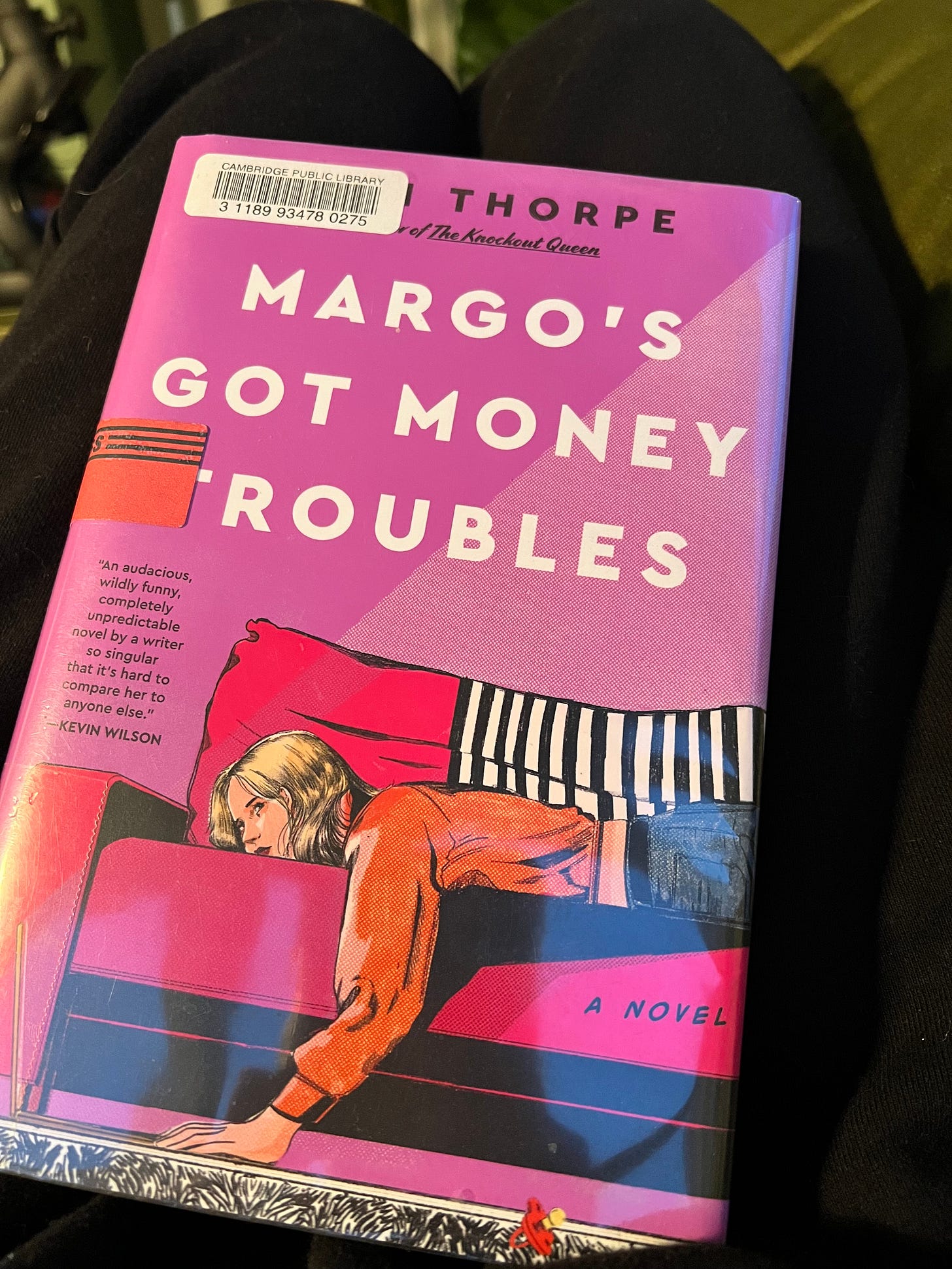
MARGOT’S GOT MONEY TROUBLES, Rufi Thorpe
Chances are, you’ve read about this spectacular and extremely timely novel from Thorpe, one of my favorite novelists, as it has an undeniably tabloid-ish hook: This is the tale of a teen single mother who, in the months after giving birth, broke and desperate, turns to OnlyFans as a source of income, with help from her former-pro-wrestler, drug addict dad. So, chances are, if you’ve heard about this novel, you’ve not heard it characterized as a love story. But Thorpe’s heroine forms a strange, solid, fascinating epistolary friendship with her first OnlyFans client, which morphs into an intense love. I can’t help but point out that Thorpe’s heroine falls in love in a seemingly hyper-modern fashion–over OnlyFans dms–just as Calhoun’s heroine falls in love over first email and then text. But though the medium is electronic, the epistolary romance is–as Calhoun points out–as old as the written word. Though we spend a lot of time bemoaning the way screens degrade our minds and scatter our attention, perhaps we also live in an age in which the written word proves more important than ever?
Regardless, I loved this novel and found it, ultimately, deeply romantic, though not sentimental, an important distinction. And also hilarious and incisive. Thorpe is one of the funniest writers of our day, but also the most clear-eyed about class and privilege, which, in varying ways, forms the ultimate subject of her work.
A NEW YORK MINUTE,
Even if you’re not a romance reader—as mentioned, I’m not—you’d need to have a heart of stone to resist this wry, hilarious, sophisticated screwball comedy, with its nods to Nora Ephron and Ernst Lubitsch, and its warmhearted narrative tone. “No one plans on getting laid off when they wake up in the morning,” the novel begins, following Franny Doyle through the worst day of her twenty-something life, as she packs up the detritus of her four-year stint at a Havenly-style online design company—wondering how she’s going to pay her rent and student loans—wedges herself onto a Brooklyn-bound subway car, and notices a breeze on her lower half: Her dress has been ripped up the back by the train’s doors, exposing her butt to the world. A handsome-but-chilly businessman—shades of Mr. Darcy—offers her his suit jacket, saving her ass (literally), and she wakes to find that she’s gone viral: A bystander’s photos of the exchange, branding the two strangers #subwayQTs, is everywhere and soon she’s getting calls from the Post, the morning talk shows, and everyone she’s ever known, wanting to know about her nonexistent romance with Hot Suit. This is the book to read if you miss your best friend (RAISES HAND), love New York, wish there were another season of Younger, don’t want to re-read Curtis Sittenfeld’s Eligible one more time, or might classify yourself as “romance novel curious.”
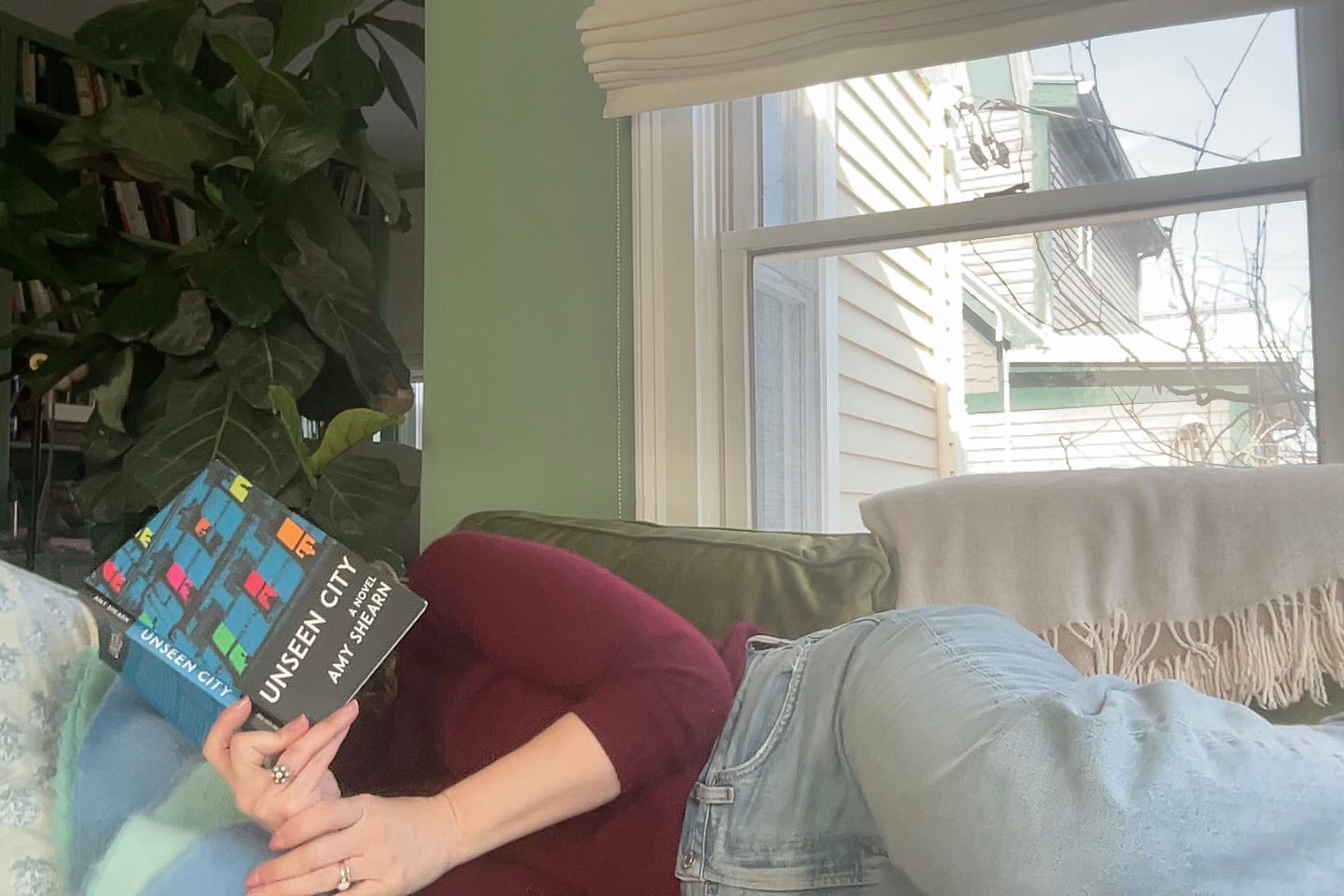
UNSEEN CITY, Amy Shearn
If I tell you the plot of this fantastic novel, you will want to read it immediately and the race to secure a copy might break Bookshop.org and library websites nationwide. BUT I AM WILLING TO RISK IT. Ready? Here goes: A Brooklyn librarian, firmly committed to life as a spinster, finds her life altered forever when a (cute!) patron enlists her help in researching his family’s house, which appears to be haunted.
is, I think, one of the most under-appreciated novelists of our day–I also loved The Mermaid of Brooklyn and Dear Edna Sloane–but this novel is her most urgent, sophisticated, ambitious, structurally and narratively complex, in addition to being an offbeat, delightful love story. Last month, I wrote about books that should have been huge; well, add this one to the list. It’s brilliant and moving and so much more than the sum of its parts.SHORTER READS
Typically, here, I link to some essays or stories I’ve read in the past month, so you can take my advice INSTANTLY. This month, I’m offering up something a little different: A breathtaking—and also hot—anthology of essays on desire. Wanting: Women Writing on Desire is not all about love or sex, but a lot of it is, and all of it is pretty incredible. Here’s a condensed version of my essay in it and a great NPR interview with editors Kelly McMasters and Margot Kahn. This would make a great Valentine’s Day gift for literally anyone. (Maybe not, like, your mom or your kid’s kindergarten teacher.)
AND FINALLY…
My events calendar keeps growing! I’ll be doing events in and around Boston, New York, Providence, and online, including a free virtual craft talk this week! Here’s the whole shebang. Please come say hi or, like, complain to me about things you hate about this column or ask me about my favorite moisturizer or whatever.
February 10, 1pm, The Writers Corner with
, VIRTUAL, sign up hereMarch 5, Coolidge Corner Theatre, in conversation with
Nicole Graev Lipson, about Mothers and Other Fictional Characters
March 11, Brookline Booksmith, in conversation with the legendary
Elissa Altman, about Permission: The New Memoirist and the Courage to Create
March 12, P&T Knitwear, Brooklyn, in conversation, again, with Nicole Graev Lipson
March 20, 4-6pm, MIT, I’ll be giving a craft talk called Break Every Rule: On Writing and Life, Papalardo Lab, Building 3-050
April 1, 4:30-6pm, Heineman Ecumenical Center, Framingham State University, just me, reading from My Salinger Year followed by Q&A (I’m FSU’s 2025 2025 Miriam Levine Reader, which is exciting! Levine is in her nineties now but I’m fantasizing about her coming to her namesake reading.)
April 29, 7pm, Booked Author Series, Fleur at the Omni Providence, with
, , and .May 15, 6:30-8pm, virtual, More Than Just the Book Cover: How to Be Your Authentic Self on Instagram, a one-night seminar for Grub Street. Register here (spots limited).
May 6, 13, 20, 27th, 10:30am-12:30pm, virtual, Finding (and Refining) Your Book-Length Story: Memoir and Nonfiction; in this four-installment master class, we’ll basically break down the elements of great memoir, from finding the story (rather than the subject), to tone and style, to character building. Also for Grub Street. Register here now (spots limited).
May 21, 6pm, Show Up, in conversation with visual artist Caron Tabb about her solo show “A Stone In My Shoe.”
If you missed my January column, you can find it here:





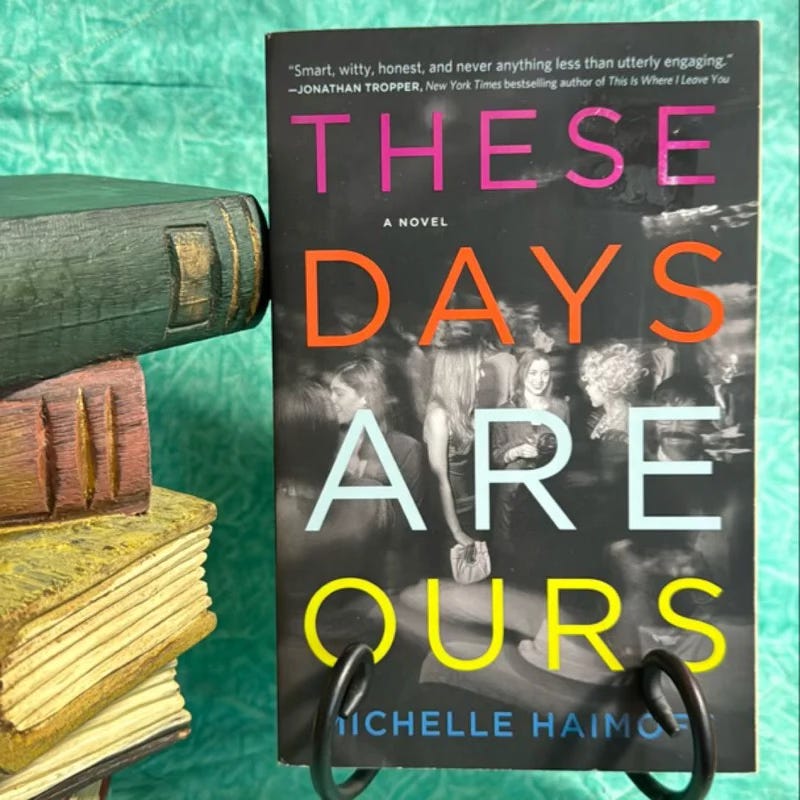

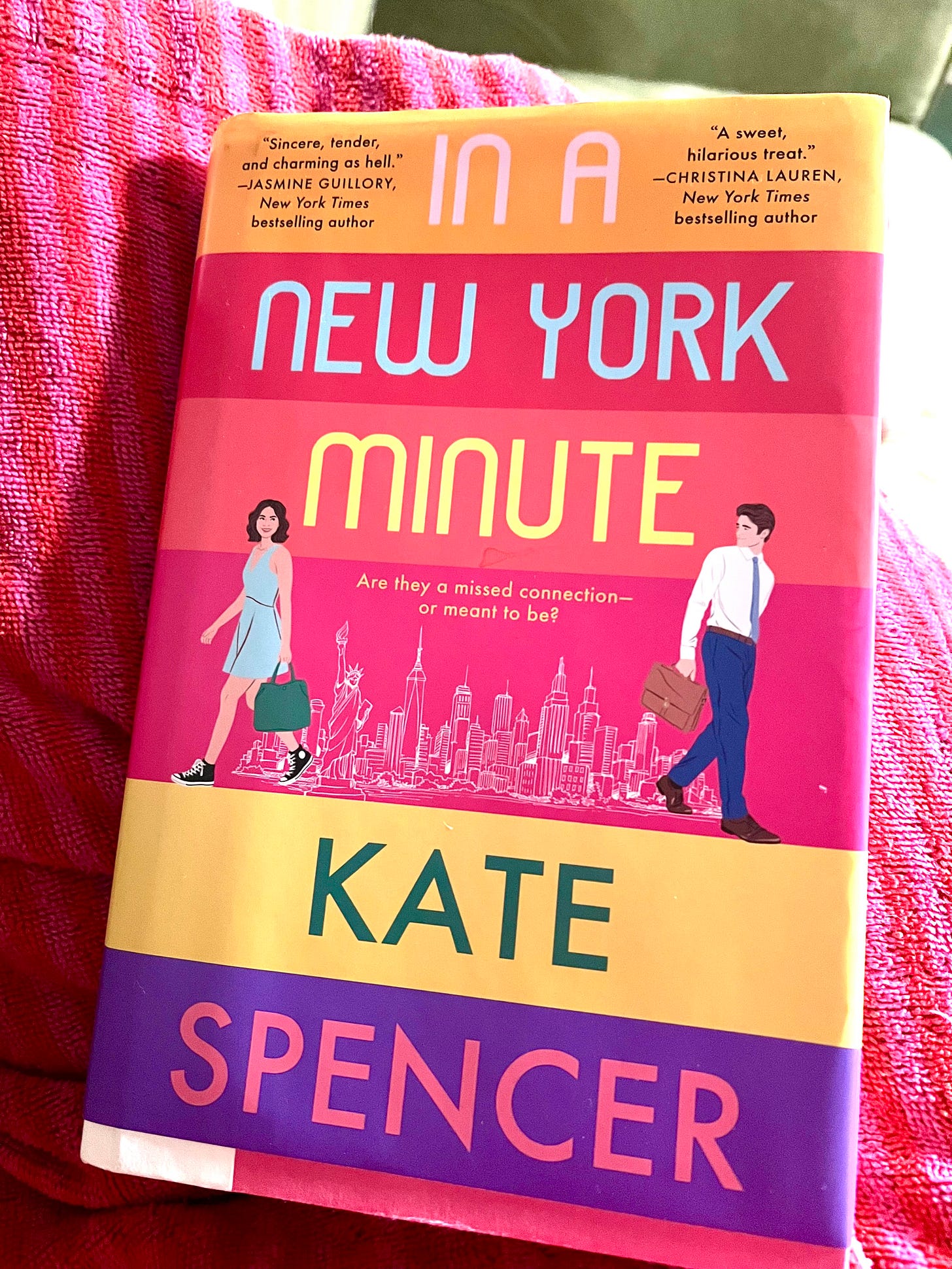


Some wonderful recommendations in there Joanna. Thank you.
Just a lovely LOVE poem, to keep our heads above water! Thanks!